Energy Efficient Roofing Options: Sustainable Living Redefined
In today’s world, the quest for sustainable living has led to a growing interest in energy-efficient roofing options. As our environmental consciousness deepens, the role of responsible construction practices becomes more evident. The realization that buildings are significant contributors to energy consumption has prompted a shift towards more eco-friendly solutions.
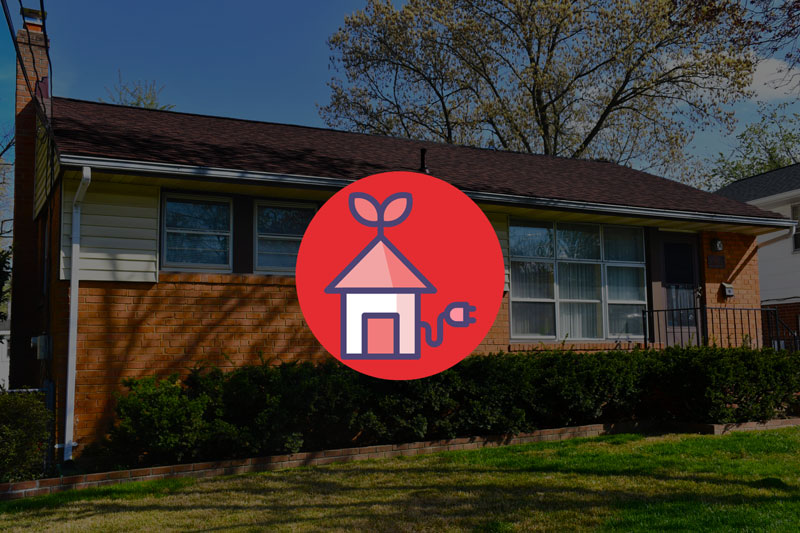
Understanding Energy Efficient Roofing
Defining Energy-Efficient Roofing
Energy-efficient roofing options, often referred to as eco-friendly or green roofing, encompass a range of roofing materials and designs engineered to minimize energy consumption. These solutions go beyond conventional roofs by integrating technologies and strategies that optimize a building’s energy performance.
The Core Objective
The central goal of energy-efficient roofing options is to create a thermal barrier between the interior and exterior environments. By doing so, these roofs regulate indoor temperatures, reducing the need for excessive heating or cooling. This not only enhances occupant comfort but also slashes energy consumption and associated costs.
Holistic Benefits
Investing in energy-efficient roofing pays off in multiple ways. Reduced energy usage translates to lower utility bills, providing substantial long-term savings for homeowners and businesses alike. Beyond financial gains, embracing these options contributes to a greener planet. By curbing energy demand, we mitigate the strain on power grids and subsequently reduce carbon emissions.
Key Elements: Insulation, Reflective Materials, and Ventilation
Energy-efficient roofing options revolve around three key elements: insulation, reflective materials, and ventilation. Effective insulation prevents heat exchange between indoor and outdoor environments, maintaining consistent indoor temperatures. Reflective materials, such as cool roofing, deflect a significant portion of solar radiation, keeping the roof surface cooler and reducing heat absorption. Proper ventilation complements these efforts by preventing heat buildup and promoting air circulation.
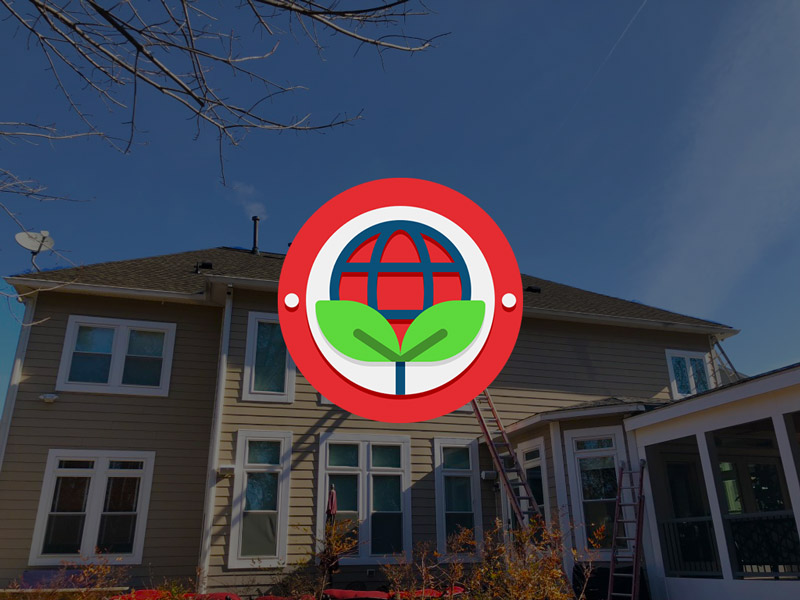
Types of Energy Efficient Roofing Materials
Reflective Roofing: The Cool Roof Advantage
Energy efficient roofing options encompass a spectrum of materials designed to harness nature’s elements for optimal thermal management. Among these, reflective roofing materials, often referred to as cool roofs, stand out. These materials possess the remarkable ability to reflect sunlight and heat away from the building’s interior, resulting in decreased cooling needs and enhanced comfort.
Cool Roofs: A Smart Solution
Cool roofs, a subset of energy efficient roofing options, are engineered with reflective surfaces that bounce back a significant portion of the sun’s rays. This minimizes heat absorption and, subsequently, lowers indoor temperatures. With reduced heat gain, cooling demands are lessened, translating to lower energy bills and a more sustainable environmental footprint.
Green Roofs: Connecting Architecture with Nature
Embracing nature within urban landscapes is a hallmark of energy efficient roofing options. Green roofing, also known as living roofs, presents an innovative way to intertwine architecture with the environment. These roofs feature layers of vegetation that provide natural insulation and a host of ecological benefits.
Living Roofs: Natural Insulators
Living roofs consist of vegetation layers, acting as a shield against temperature extremes. They enhance energy efficiency by insulating the building from harsh weather conditions, reducing the need for excessive heating or cooling. Moreover, they contribute to biodiversity, offering a habitat for plants, insects, and even small animals.
Solar Roofing: Powering Tomorrow with the Sun
In the realm of energy efficient roofing options, solar roofing systems emerge as a trailblazing innovation. By converting sunlight into electricity, these roofs present an unparalleled opportunity to harness renewable energy and reduce reliance on traditional power sources.
Harnessing Solar Energy
Solar roofing systems integrate photovoltaic panels into the roof’s design. These panels capture solar energy, transforming it into electricity that can power your home or business. This not only cuts down on energy bills but also significantly reduces your carbon footprint, contributing to a more sustainable future.
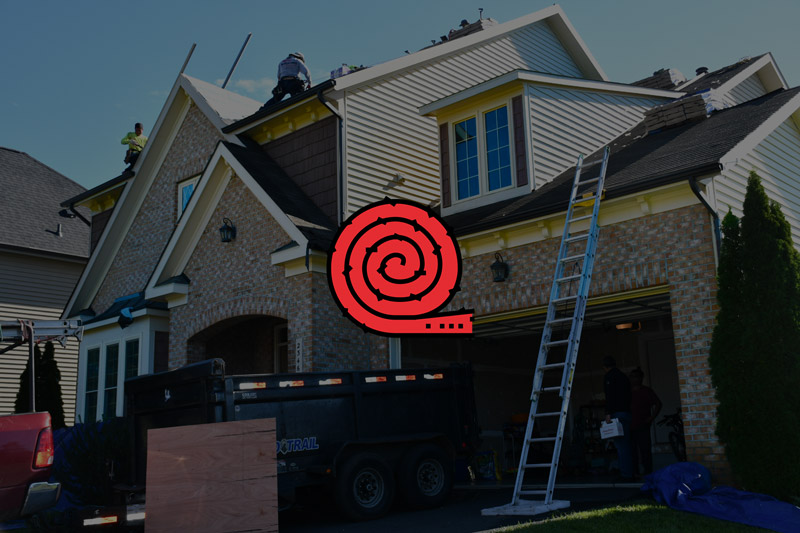
Insulation and Ventilation for Energy Efficiency
The Role of Insulation: Preserving Thermal Comfort
When delving into energy efficient roofing options, insulation emerges as a cornerstone. Insulation acts as a barrier, thwarting the transfer of heat between a building’s interior and the outside environment. This critical component ensures that the desired indoor temperature is maintained, regardless of external weather conditions.
Thwarting Heat Transfer
Insulation is instrumental in minimizing heat flow through the roof. During hot summers, it prevents excessive heat from infiltrating the interior, reducing the need for constant cooling. In colder months, it inhibits heat loss, leading to energy savings as heating systems work more efficiently. By implementing effective insulation strategies, buildings remain cozy, energy bills are curbed, and environmental impacts are reduced.
Insulation Materials and R-Values: Defining Efficiency
Energy efficient roofing options encompass an array of insulation materials, each with its unique properties and benefits. The effectiveness of insulation is often measured by its R-value, a metric indicating its thermal resistance. The higher the R-value, the greater the insulation’s ability to impede heat transfer.
Choosing the Right Insulation
From traditional fiberglass and cellulose to modern spray foam and rigid foam boards, a variety of materials cater to diverse needs. Selecting insulation with an appropriate R-value for your region’s climate is pivotal. Proper installation ensures that indoor temperatures remain consistent, reducing the strain on heating and cooling systems.
Ventilation: Enhancing Air Circulation and Comfort
Ventilation plays a pivotal role in maintaining optimal energy efficiency and indoor comfort. Energy efficient roofing options emphasize the importance of proper ventilation to prevent heat buildup and moisture-related issues.
Mitigating Heat Buildup
In warmer climates, heat can accumulate in the roof space, radiating into living areas. Adequate ventilation expels this excess heat, ensuring that the indoor environment remains comfortable without over-relying on air conditioning. This not only conserves energy but also prolongs the lifespan of roofing materials.
Managing Moisture
Effective ventilation also addresses moisture concerns. Accumulated moisture can lead to mold growth and structural damage. By facilitating air movement and preventing moisture buildup, proper ventilation safeguards energy efficiency and the integrity of the roofing system.
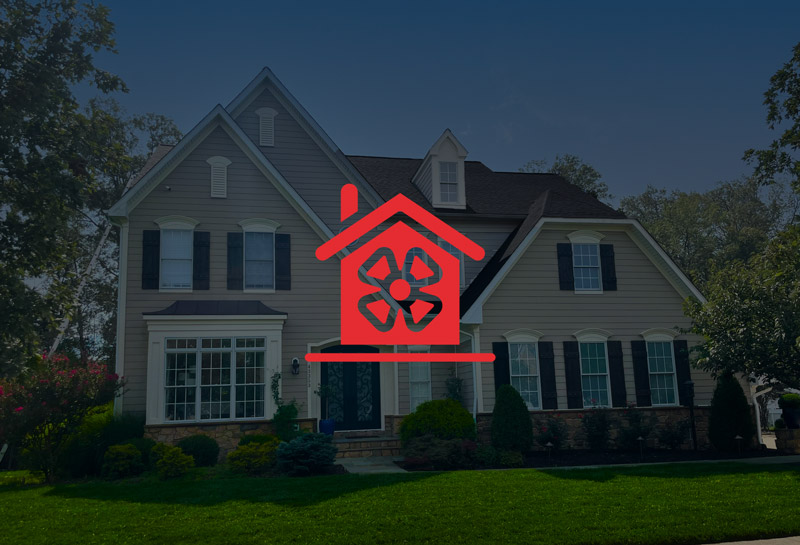
Cool Roofing: Reflective and Emissive Properties
The Cool Roof Concept: Sunlight Reflection and Heat Emission
Among the array of energy efficient roofing options, cool roofing stands as a beacon of innovation. This concept centers on the roofing material’s capacity to reflect sunlight away from the structure and emit any absorbed heat. The synergy of reflection and emission contributes to remarkable energy savings and indoor comfort.
Reflective Coatings and Materials
At the heart of cool roofing lie reflective coatings and materials that possess a high albedo. These surfaces effectively bounce back a substantial portion of the sun’s energy, preventing heat absorption. Unlike traditional dark roofs that can reach scorching temperatures under sunlight, cool roofs remain considerably cooler, minimizing the need for excessive air conditioning.
Benefits Beyond Energy Efficiency
Cool roofing extends its impact beyond energy conservation. An impressive advantage lies in urban heat island mitigation. Urban areas, with their concrete and asphalt surfaces, trap heat and contribute to higher local temperatures. By adopting cool roofing strategies on a broader scale, cities can collectively alleviate this issue and foster more comfortable living environments.
Enhanced Indoor Comfort
Cool roofs have a direct positive influence on indoor comfort. Buildings with cool roofs experience less heat transfer, leading to consistent indoor temperatures. This means occupants can enjoy a comfortable atmosphere without resorting to constant temperature adjustments. Reduced reliance on cooling systems not only results in lower energy bills but also aligns with sustainable practices.
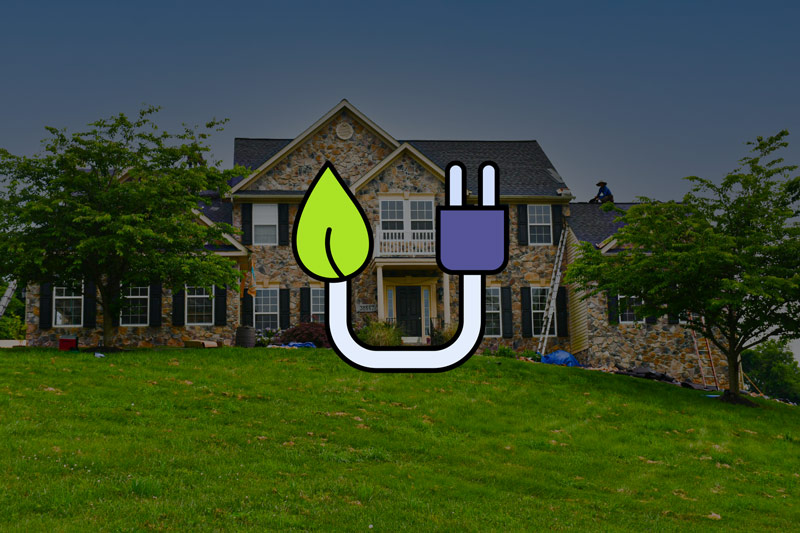
Green Roofing and its Environmental Impact
The Essence of Green Roofs: Natural Insulation and Stormwater Management
Green roofing, an integral facet of energy efficient roofing options, redefines rooftops as thriving ecosystems. These roofs embrace layers of vegetation that extend beyond aesthetics, offering remarkable benefits to both the building and the environment. The essence of green roofs lies in their ability to provide natural insulation and manage stormwater.
A Natural Insulator
The vegetative layers of green roofs act as a shield against temperature fluctuations. This natural insulation mitigates heat gain during scorching summers and minimizes heat loss in colder seasons. By moderating indoor temperatures, these roofs contribute to energy efficiency, ensuring a comfortable living or working environment.
Environmental Gains: Improved Air Quality and Reduced Runoff
Beyond the scope of the building, green roofs usher in a host of positive environmental impacts. Energy efficient roofing options like green roofs significantly enhance air quality. The vegetation absorbs pollutants and filters the air, resulting in cleaner and healthier surroundings. Moreover, the plants on these roofs absorb carbon dioxide, playing a role in mitigating climate change.
Reduced Runoff and Enhanced Stormwater Management
One of the notable contributions of green roofs is their capacity to manage stormwater. The vegetation and substrate layers absorb rainwater, reducing runoff that can strain urban drainage systems and lead to flooding. By doing so, green roofs alleviate pressure on municipal infrastructure and promote sustainable water management.
Challenges and Considerations
While the benefits of green roofing are substantial, it’s essential to acknowledge the challenges associated with these systems. Factors such as initial installation costs, structural considerations, and maintenance requirements must be carefully evaluated. However, these considerations are often outweighed by the long-term gains in energy efficiency, environmental sustainability, and overall quality of life.
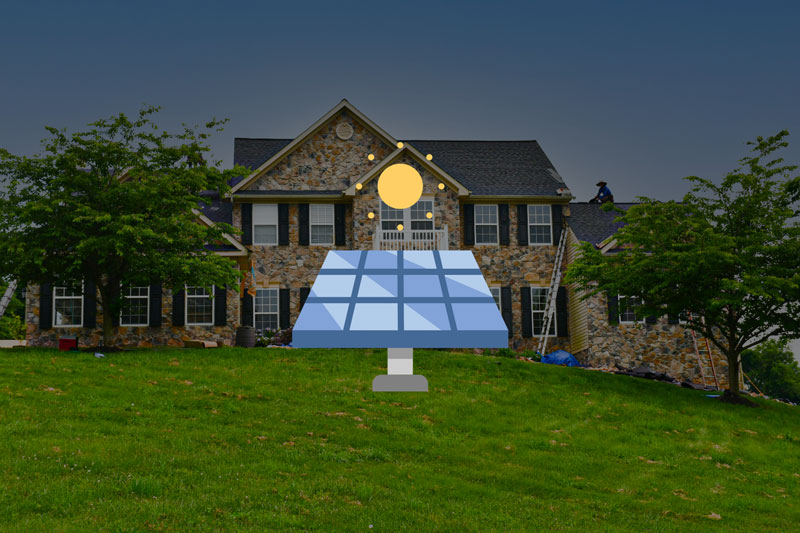
Solar Roofing: Powering Homes Sustainably
Harnessing Solar Energy through Integrated Solar Panels
Among the pinnacle of energy efficient roofing options, solar roofing emerges as a beacon of sustainable innovation. This approach seamlessly integrates solar panels into roofing structures, transforming the roof into a source of renewable energy. By harnessing the power of the sun, solar roofing exemplifies eco-conscious living.
The Solar Advantage
Solar roofing systems hold the promise of reduced electricity bills and a minimized carbon footprint. These systems convert sunlight into electricity, channeling it to power your home. Excess energy can even be fed back into the grid, potentially earning you credit. The economic and environmental gains align perfectly with the ethos of sustainability.
Benefits Beyond the Obvious
Embracing energy efficient roofing options like solar roofing extends beyond financial and environmental benefits. Depending on your location, you might qualify for tax incentives, further enhancing the return on your investment. Moreover, solar roofing contributes to energy independence, reducing reliance on fossil fuels and bolstering your property’s value.
Installation Process and Roof Compatibility
The installation of solar roofing is a structured process that begins with an assessment of your roof’s structural integrity. The solar panels are then seamlessly integrated into the existing roofing structure. The compatibility of solar roofing spans across various roof types, including shingle, tile, and metal roofs. This adaptability ensures that a diverse range of buildings can benefit from this sustainable energy solution.
View More Articles
Please Share!











